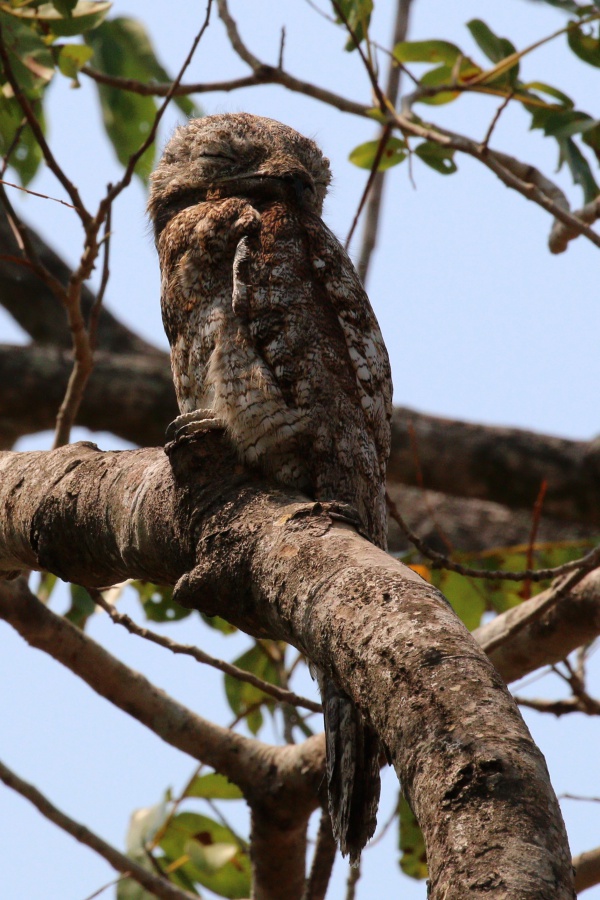Facts About Great potoo
The great potoo is a captivating bird found in tropical America, distinguished by its owl-like appearance and nocturnal habits. As the largest species within the Caprimulgiformes order, these birds are easily recognized by their large heads, prominent eyes, broad beaks, elliptical wings, and long tails adorned with varied feather patterns.
Great potoos are widespread, from southern Mexico to Bolivia and southeastern Brazil. They favor humid to semi-humid forested environments, often inhabiting dense lowland forests, forest edges, and clearings. By day, they perch high in trees to remain concealed, descending to lower branches at night to hunt. Their diet primarily consists of large insects like beetles and katydids, with occasional predation on bats and small birds.
One of the most distinctive characteristics of the great potoo is its eerie, moaning call, which resonates through the night. The breeding season spans from February to August, during which they lay their eggs on thick tree branches. The chicks resemble miniature versions of the adults but exhibit lighter plumage, shorter tails, and smaller beaks.
While not exceptionally common, the great potoo is currently classified as of least concern by conservation authorities due to its extensive range. However, deforestation poses a significant threat to their habitat. In some regions, they are also hunted for food and used in ceremonies, as their body parts are believed to possess special powers. This has made them more wary of humans in certain areas.

 Colombia
Colombia